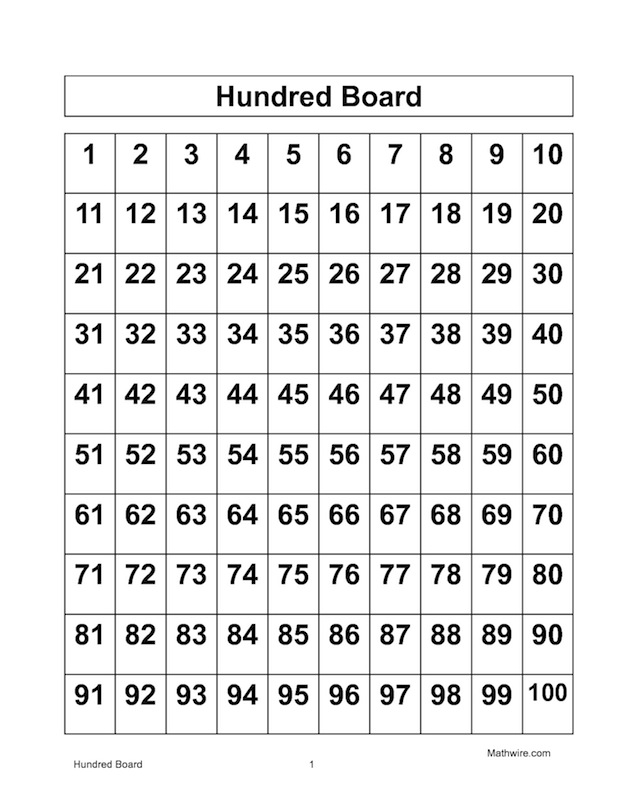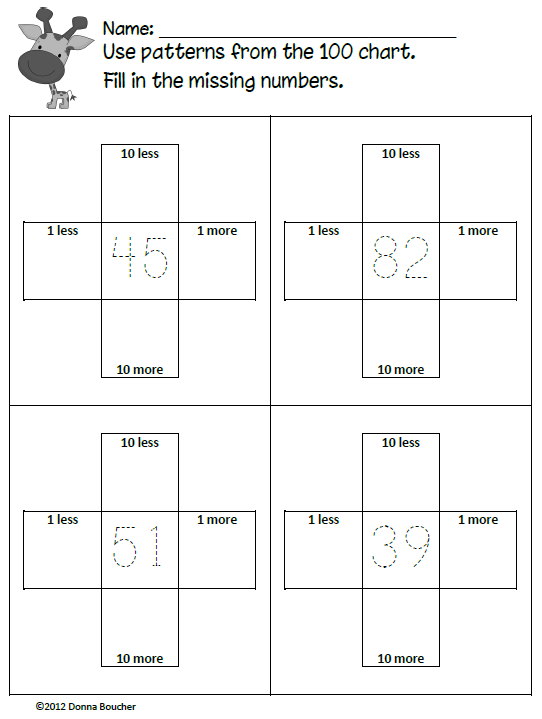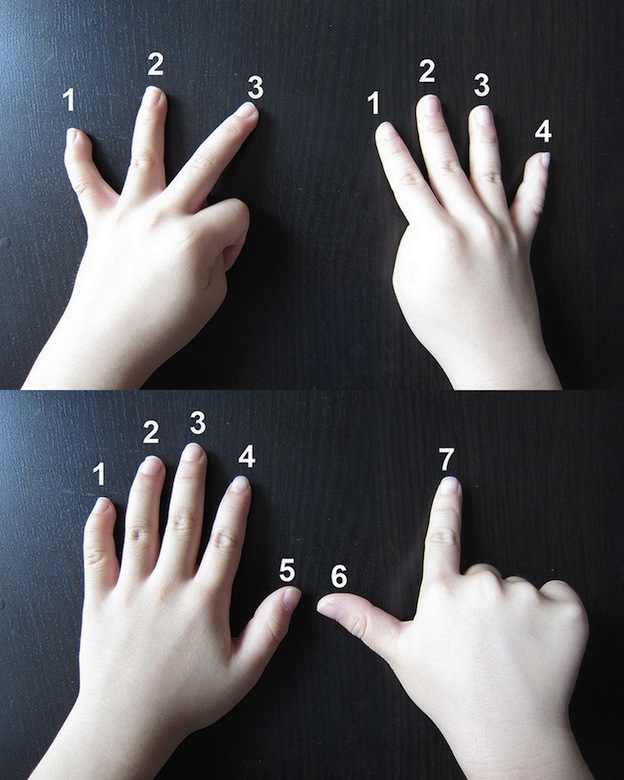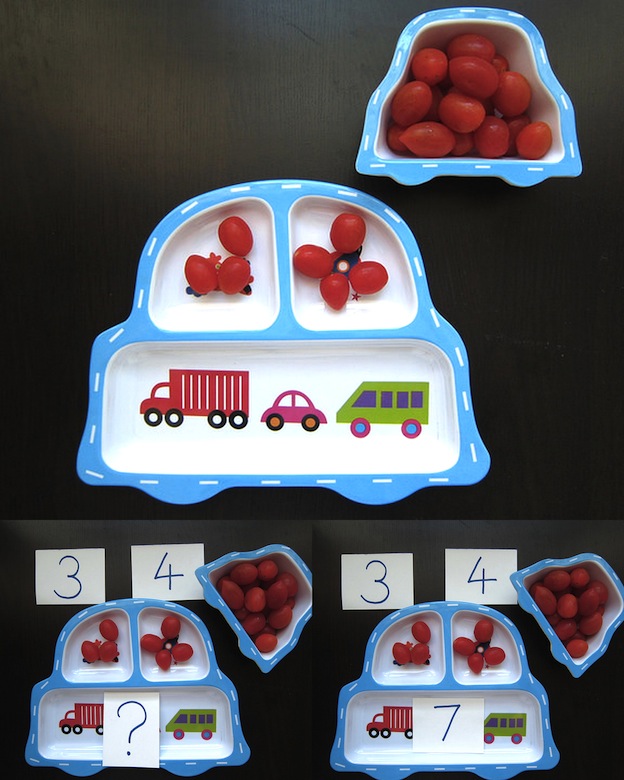SingaporeMotherhood | Parenting
September 2015
Give your Preschooler a Head Start in Primary School Maths
Most primary school children tend to “under perform” in maths, says Ms Peggy Zee. The Early Education Mathematics Specialist with 32 years of experience says that because children in school are “passive recipients of ready-made concepts”, they end up being equipped to complete assignments, but without the essential understanding required for successful maths study in the future. “They (children) are not guided to discover their own math understanding and acquired a personal ‘tool-kit’ to deal with more complex problems”, she explains.
[banner][/banner]
Pre-schoolers often have to go from recognising numbers and doing simple sums in kindergarten to drawing models and solving complex word problems in primary school. How can you help your child to make that leap with ease?
Build your child’s Mathematical ‘tool-kit’
Using a driving analogy, Ms Zee explains, “You don’t learn to drive by reading the instruction manual from cover to cover. You learn by getting into a car and driving. In the same way, children need to be given the opportunity to make Math meaningful to themselves instead of learning by rote through meaningless drills and worksheets.”
We can do this by helping our preschoolers to explore Mathematical concepts through hands-on activities, and by guiding them in translating these concrete experiences into abstract symbolic representation. Ms Zee recommends the following activities.
Tools for counting and developing a number sense
Number Line
A number line is a good visual aid to help your child understand the value of a number in relation to other numbers. Your child can place counters on the number line, counting as you move to the next number. There is no need to start counting from one all the time. As your child becomes familiar with the number sequence, you can start at any number and count up or down.
After this, lay the foundation for addition and subtraction by setting your child simple tasks like these:
• Count to 7 from 4 (this includes the numbers 4 and 7)
• Count back from 8 to 3 (this includes the numbers 8 and 3)
• Count the numbers between 6 and 9 (this excludes the numbers 6 and 9)
• Give your child six counters to place on the number line. Ask “How many counters will you have if I give you 3 more” or “if I take away 4 counters”?
Hundred’s Board
The Hundred’s board shows all the numbers from 1 to 100 in a grid. The Hundred’s board is useful in helping your child to understand the concept of place values (“tens” and “ones”).
Create a Hundred’s Board template like the one below in the shape of a cross, but with the centre square removed. Write “10 less” on the top square, “1 more” on the right square, “10 more” on the bottom square, and “1 less” on the left square. Put this on the Hundred’s Board to illustrate the concept of addition and subtraction.
When you superimpose the Hundred’s Board template onto the Hundred’s Board, your child will be able to see how the value of a number changes when the template is moved.
As “ones” are added or subtracted from a number, the template can be moved right or left to reveal the answer. If “tens” are added or subtracted, your child will see a change in the “tens” digit when the template is moved down or up.
 Hundred’s Board from Mathwire.com
Hundred’s Board from Mathwire.com
 Hundred’s Board template worksheet from Classroom Freebies Too
Hundred’s Board template worksheet from Classroom Freebies Too
Tools for formulating and solving Mathematical equations
Addition and subtraction using “Boxing Gloves”
The concepts of addition and subtraction should first be introduced through hands-on activities described in this article on how to create a strong mathematical foundation for your preschooler.
You can then deepen your child’s understanding through the use of this “Boxing gloves” (referring to the starting position of two clenched fists held in front of your child) activity.
For each number you count, raise a finger from your child’s left to right. If you are adding a number to the first, simply continue to raise each subsequent finger (from left to right) for the number added. Similarly, if you are subtracting, lower the required number of fingers (from right to left). By doing this, your child will associate the direction of left to right with increasing numerical values, in the same way a number line is written.
Ms Zee recommends raising or lowering your fingers consecutively, rather than using separate hands to indicate two numbers added.
For instance, if you are adding 3 and 4, start by showing three fingers and counting “1, 2, 3”, followed by raising four more fingers and counting “4, 5, 6, 7”, as shown in the bottom picture. This helps your child to visualise how the numbers 3 and 4 come together to make 7 (shown as a continuous line of raised fingers).
This is opposed to showing three fingers on one hand, counting “1, 2, 3”, then four fingers on the other hand and counting “1, 2, 3, 4”, before counting the total number of fingers raised, as shown in top picture.
Visualising the concepts of “Part” and “Whole”
If children are taught to blindly add two numbers when they see the symbol “+”, or subtract when they see the symbol “-”, they could be confused when faced with questions such as “4 + ? = 6”.
However, if children are helped to understand how two smaller numbers can form parts of a larger whole number, they will be able to work out how the numbers in the equation are related to solve the question. In the preceeding equation, the numbers “4” and “2” are the parts which make up “6” (the whole).
The following are some activities which can help your child see the concept of “part” and “whole” in her daily life:
• Give your child two different coloured piles of (similar sized) lego bricks. Ask your child “how many ways can you make a stack of 6 bricks?”
By combining the two different coloured bricks in the combination of 0-6, 1-5, 2-4 and 3-3, your child will see how two parts add up to a whole. By taking away a coloured part, your child will understand which part is left behind after subtraction.
• Give your child a three-segment dish at snack time. Place 3 biscuits in one small segment and 4 biscuits in the other small segment. Ask her how many biscuits she has altogether, and count as you move each biscuit from the smaller segments into the largest segment.
Your child would understand that the total number of biscuits in the largest segment (the “whole”) is made up of the sum of the number of biscuits in the two smaller segments (the “parts”).
You can also start with all the biscuits in the largest segment and teach the concept of subtraction by moving a few biscuits to the smaller segment and asking your child how many biscuits are left.
Tools for Mental Sums
Number bonds
Number bonds refer to the various combinations of numbers that make up a larger number. For instance, the number bonds for “5” are “0-5”, “1-4” and “2-3”.
When your child recognises number bonds for numbers such as 5 or 10, she will not only understand the parts which make up this whole, but also develop speed in solving mental sums.
Number bonds need not be memorised. Ms Zee suggests the following games through which children can learn them subconsciously:
• Take 10 bi-colored discs such as those used to play the game Othello. Ask your child to guess what is the most frequently occuring combination of colours she would see when she tosses the discs onto the table for five tries (for example, 3 black and 7 white discs). Make a guess yourself, and proceed to toss the discs. Record the combinations of black and white discs after each toss, and see who has the winning prediction at the end of the game.
• Using commercially available Numicons, ask your child how many ways she can combine two smaller pieces to form the shape of a larger piece.
All the activities listed above will help your preschooler to get a head start in Math when she goes to Primary 1. Best of all, she’ll have fun while learning, and you will have fun while teaching. Enjoy!
All content from this article, including images, cannot be reproduced without credits or written permission from SingaporeMotherhood.
Follow us on Facebook, Instagram, and Telegram for the latest article and promotion updates.







